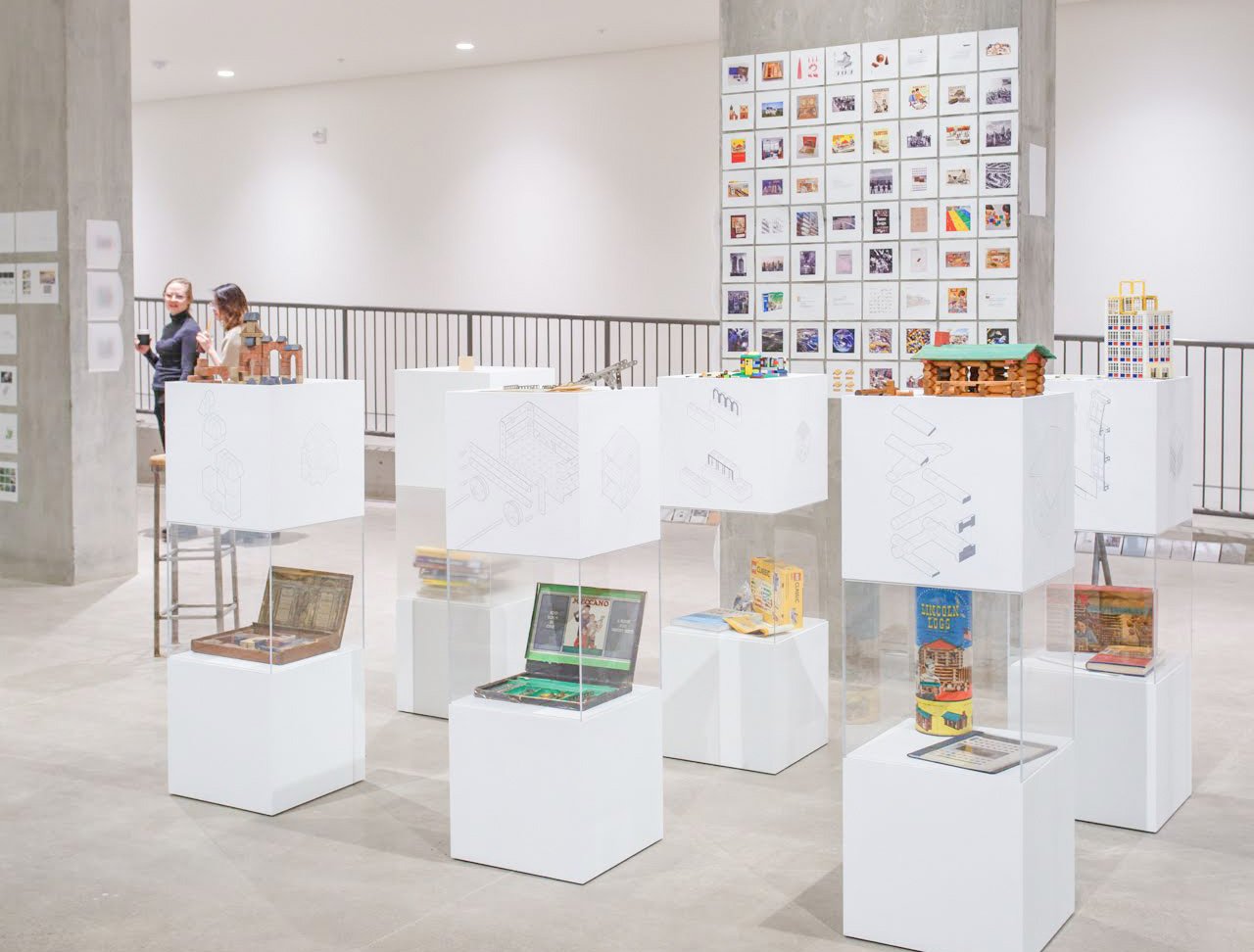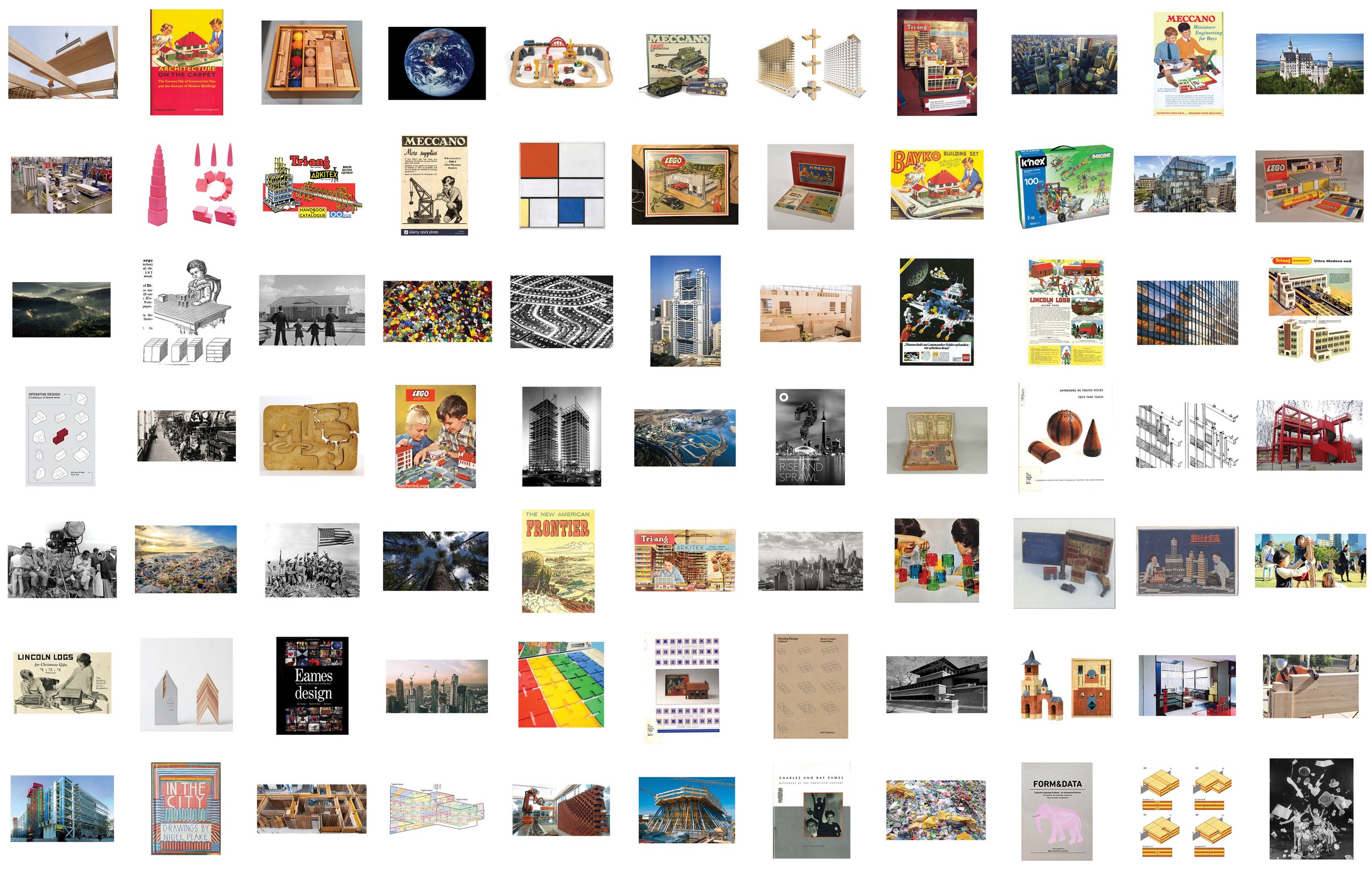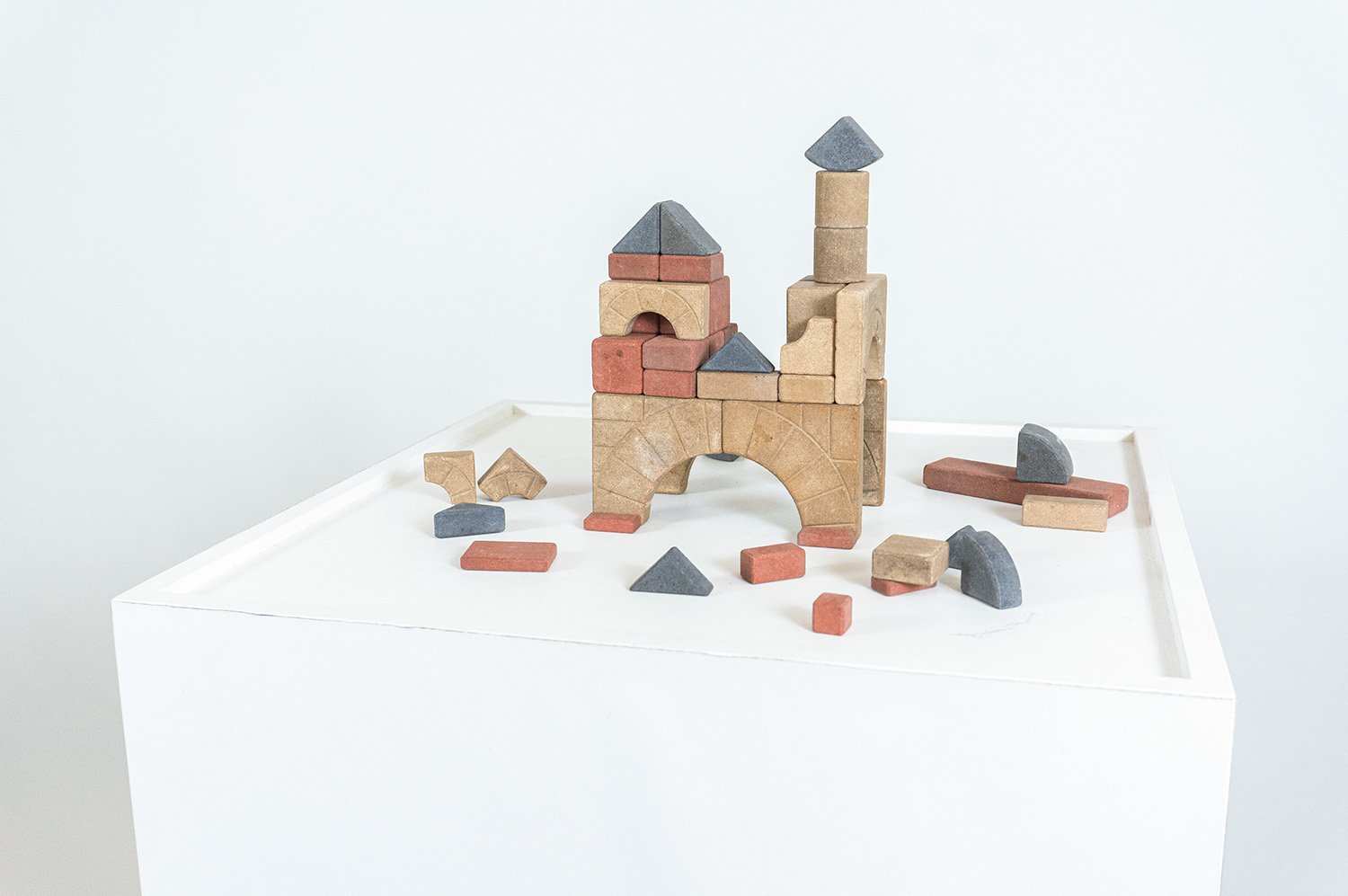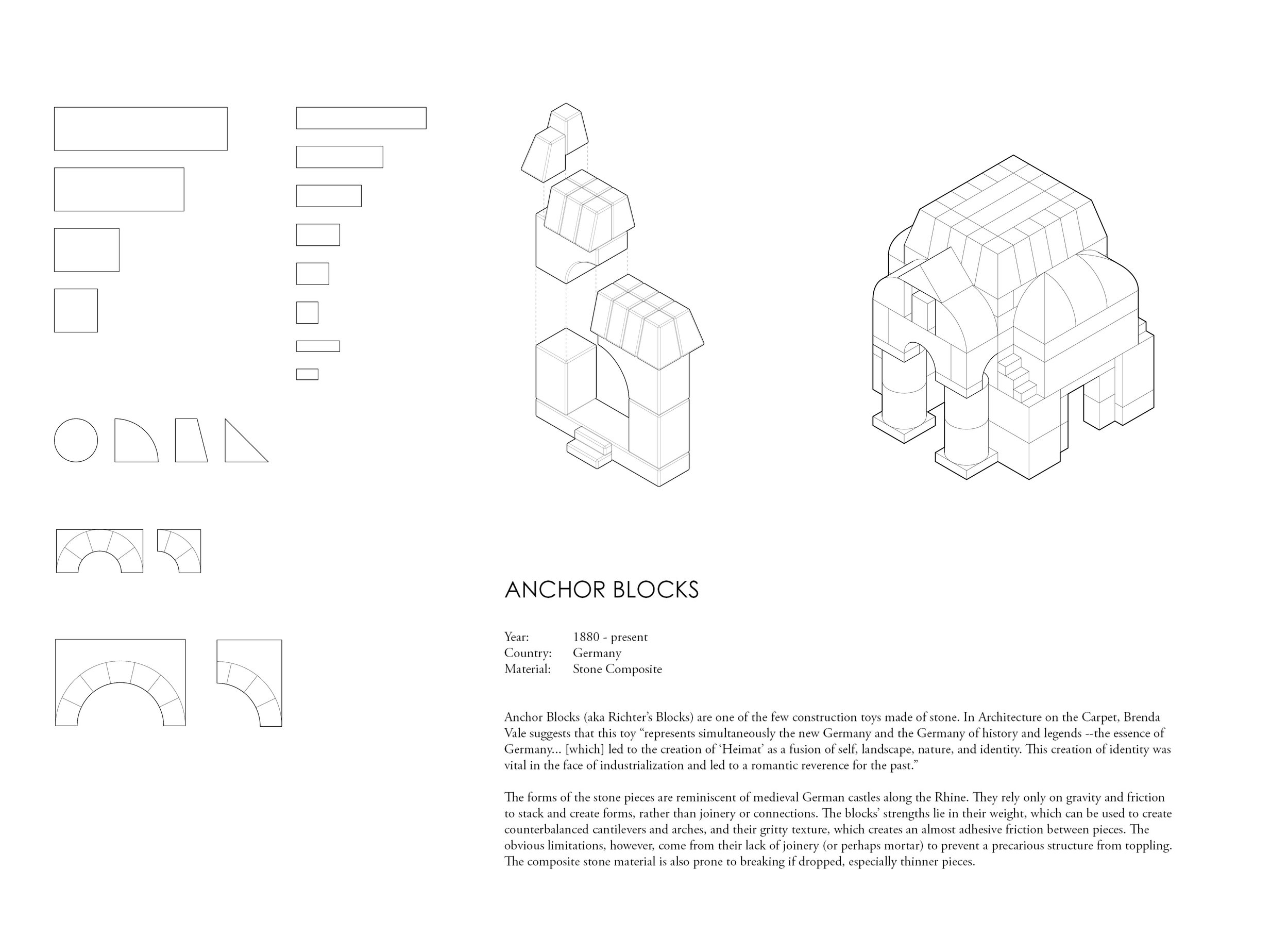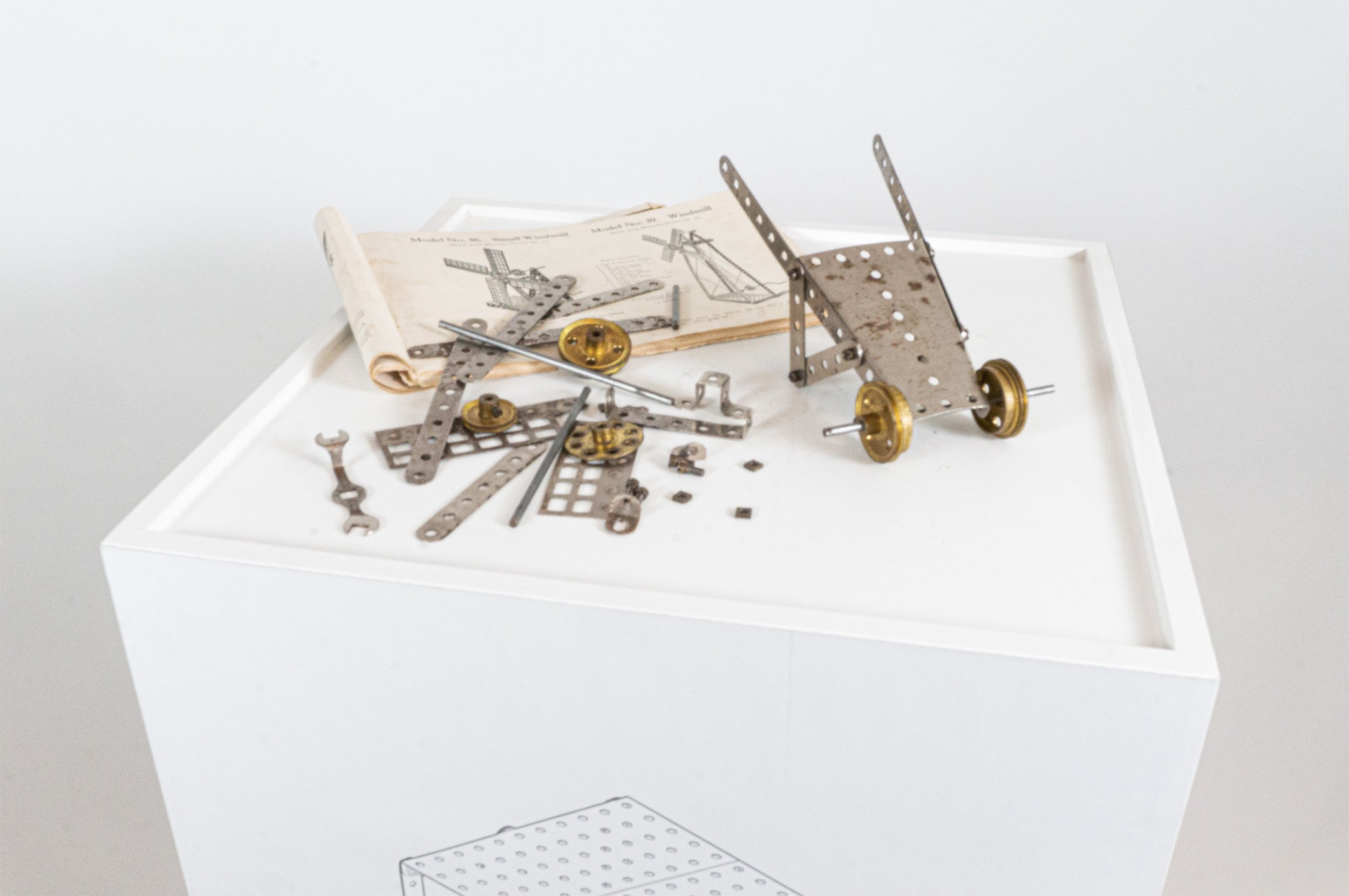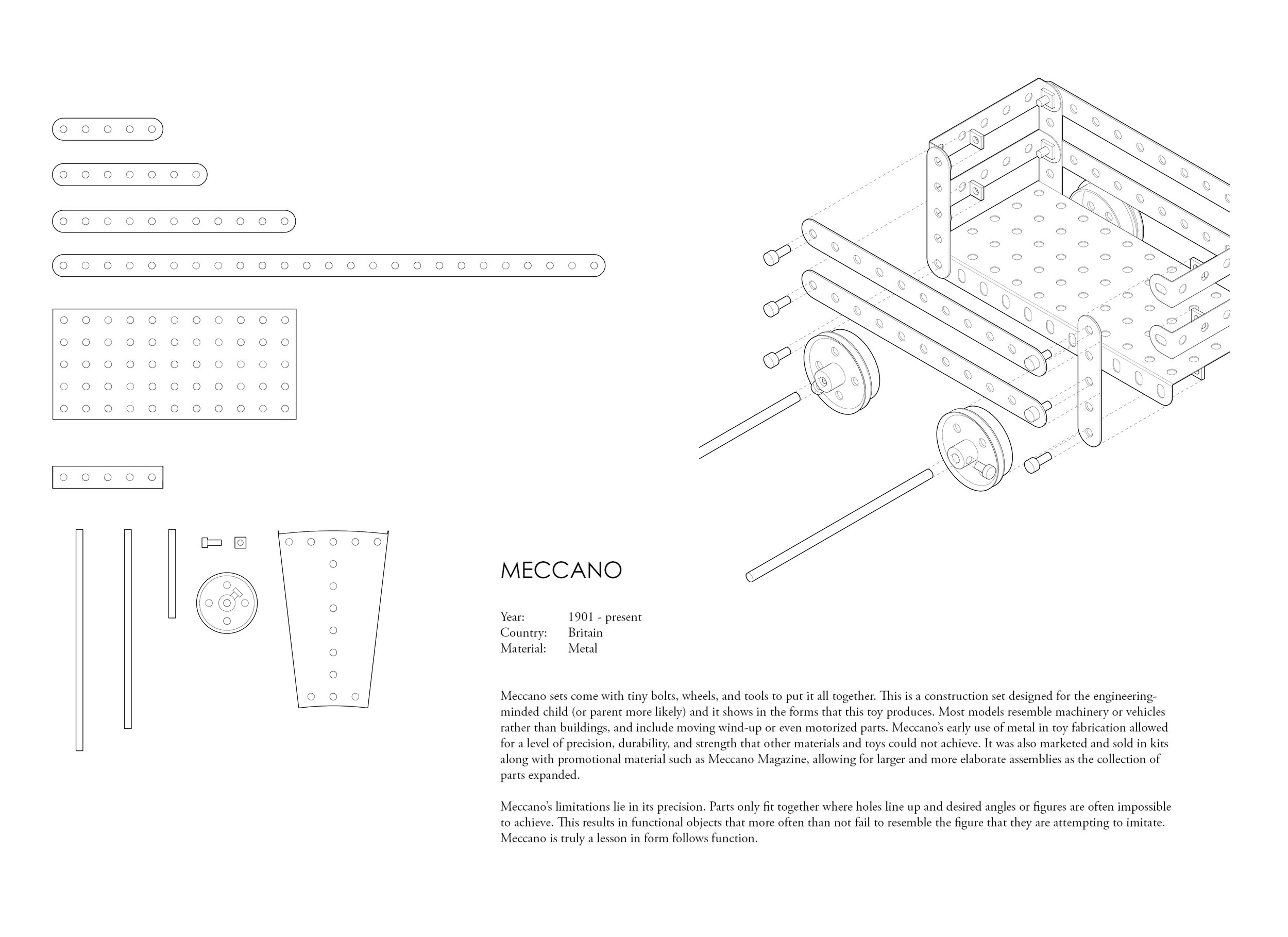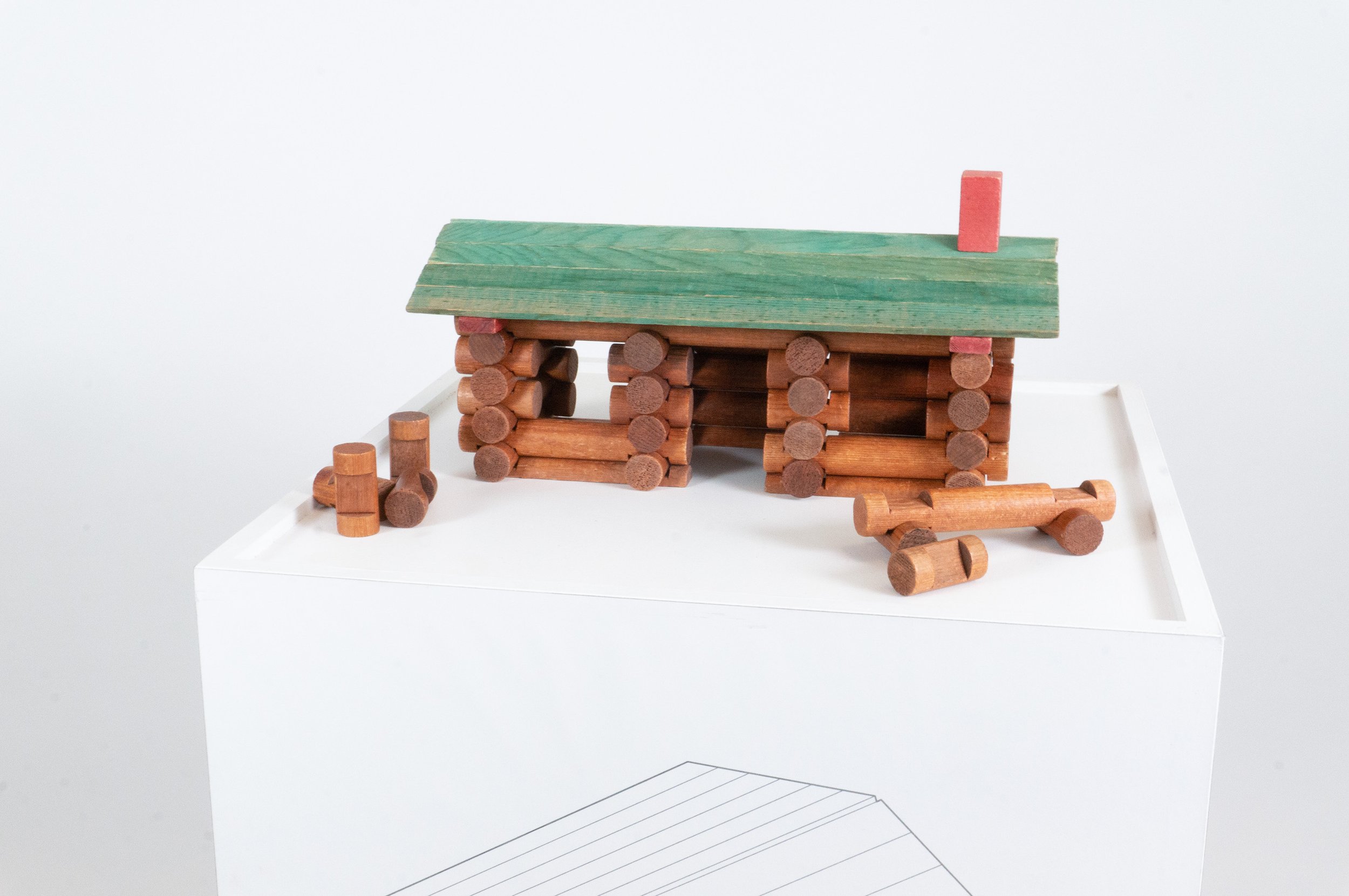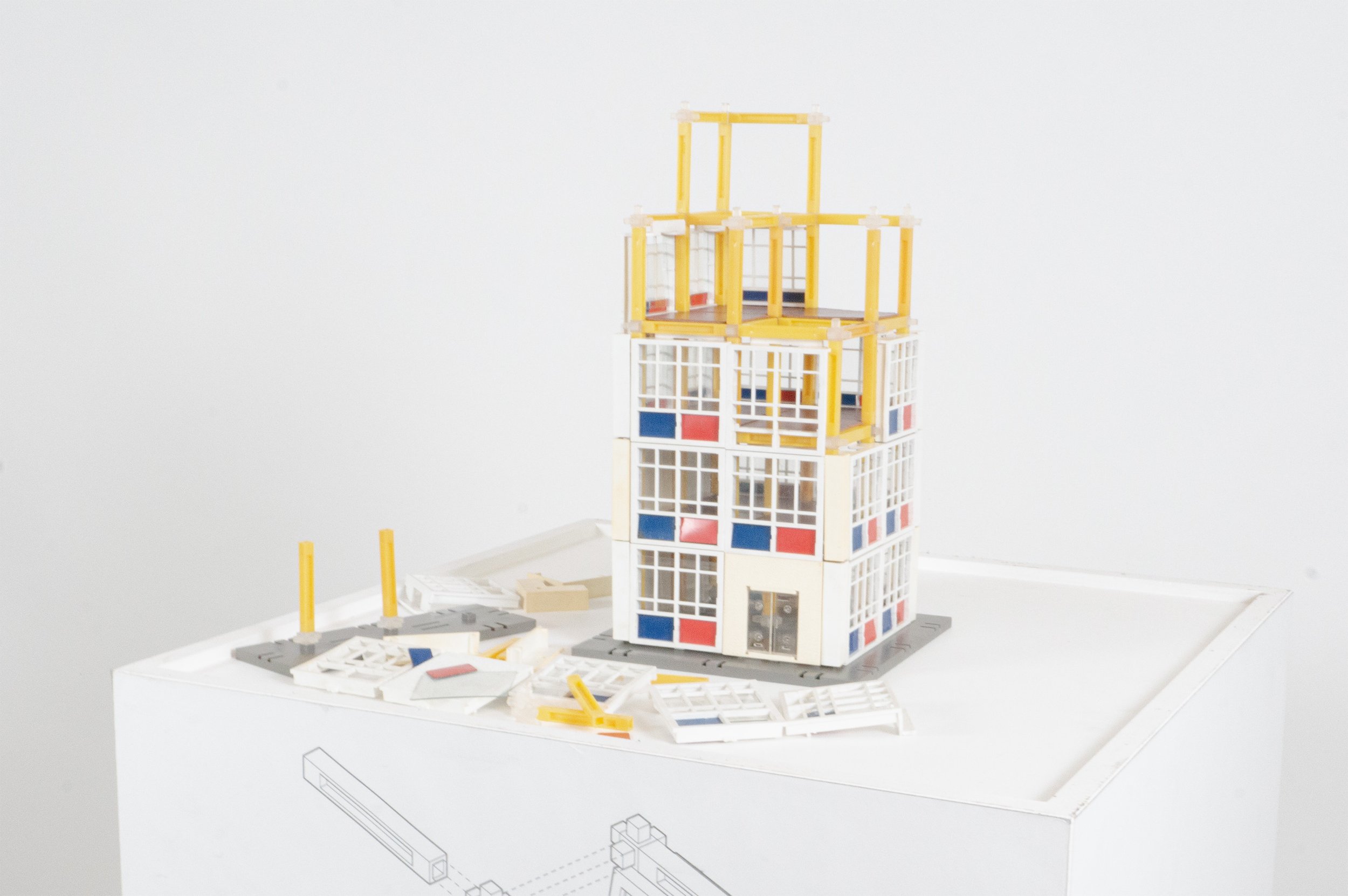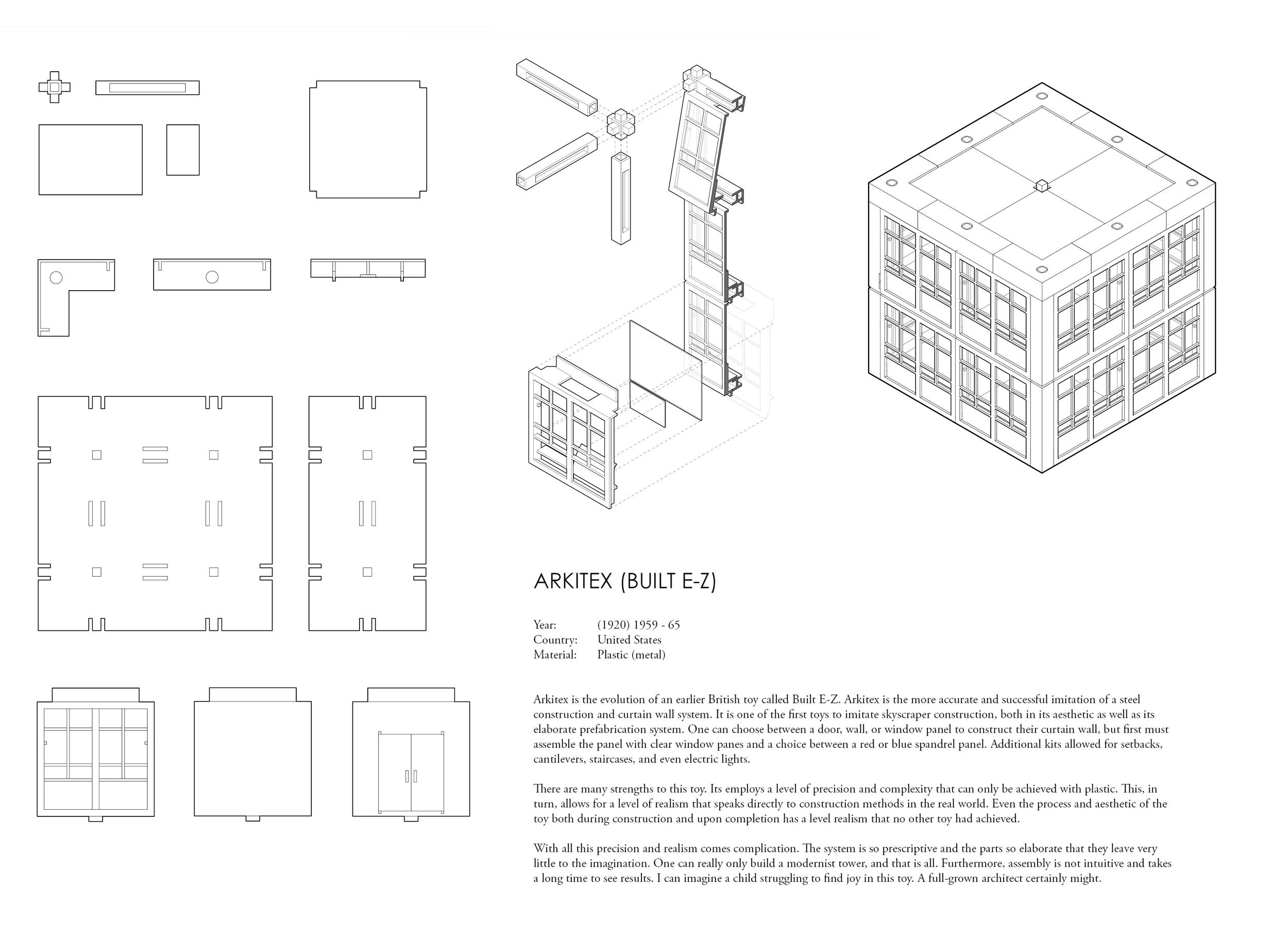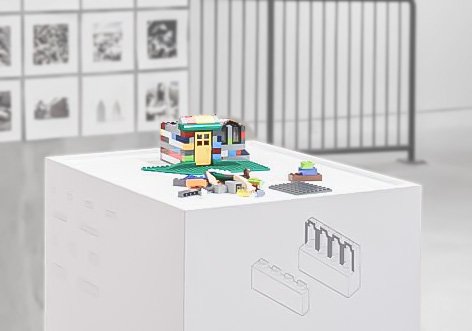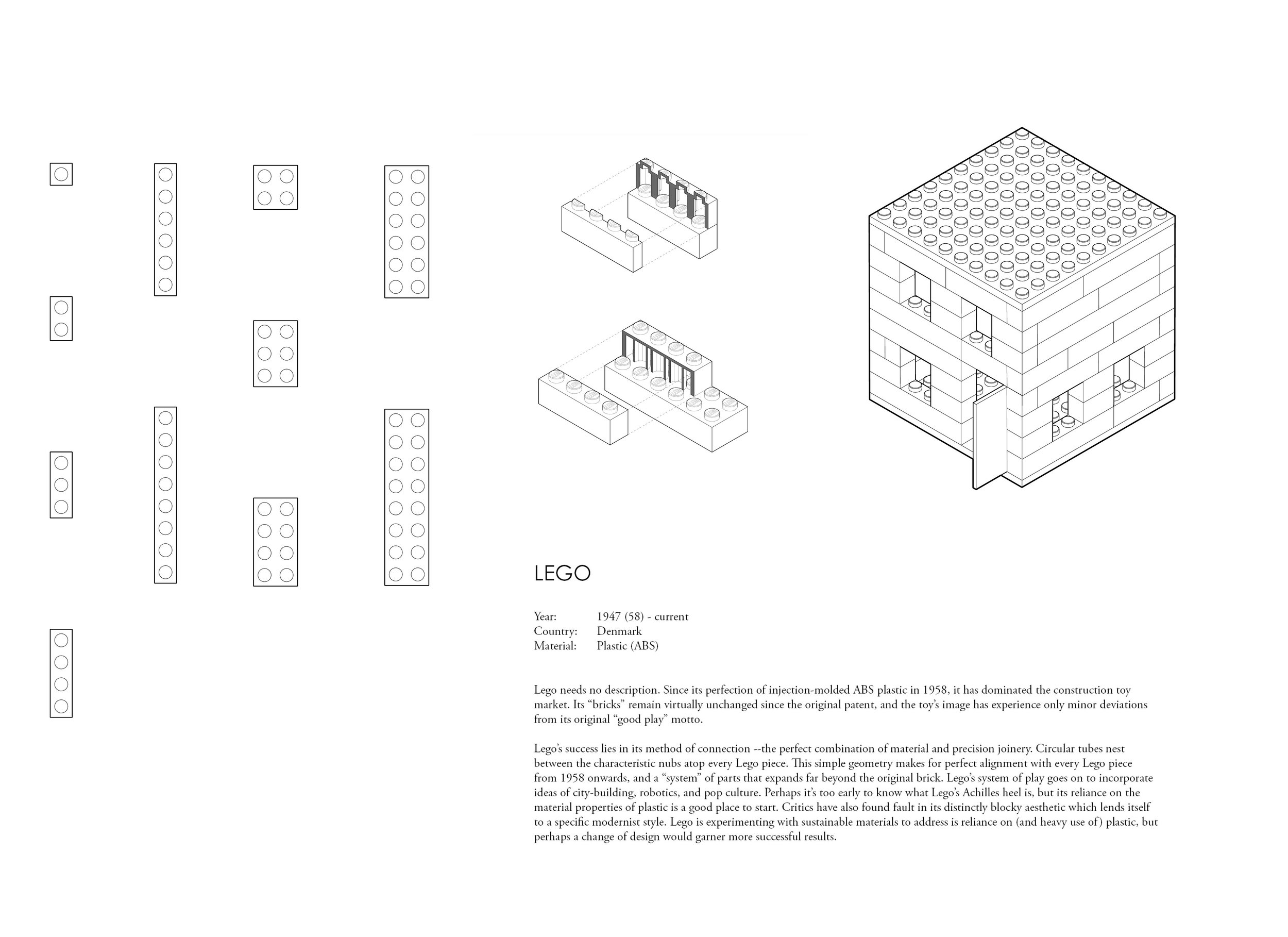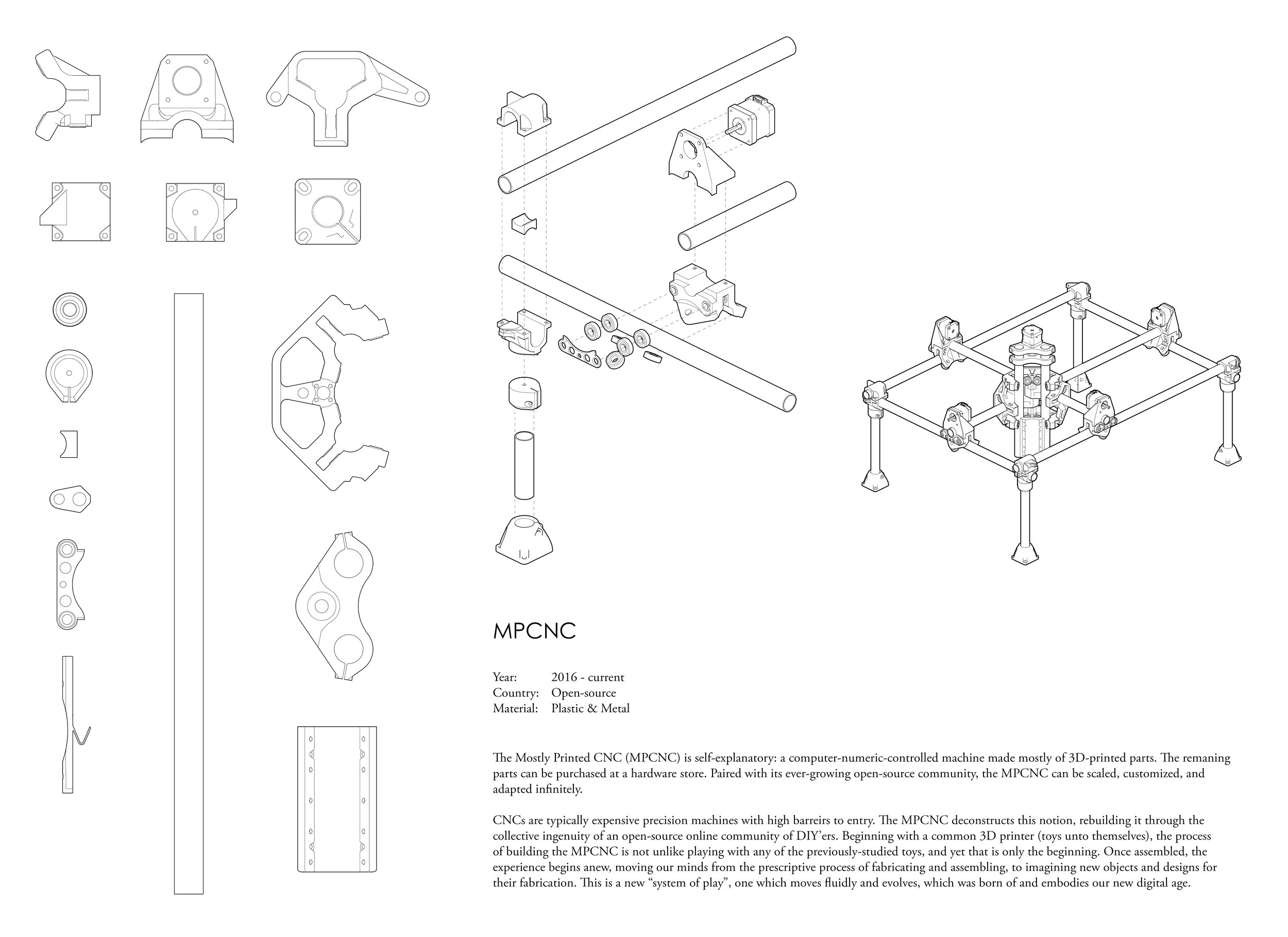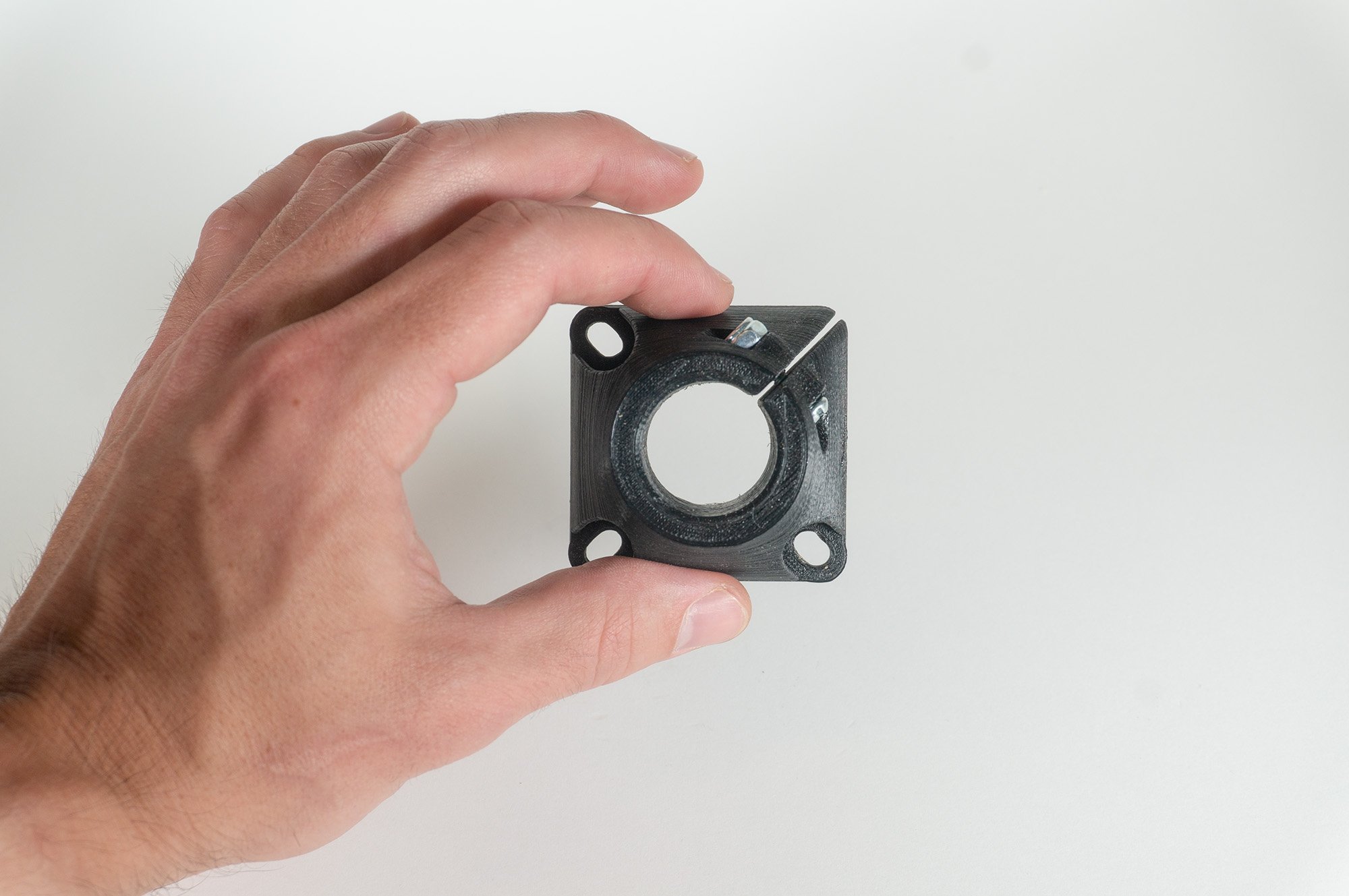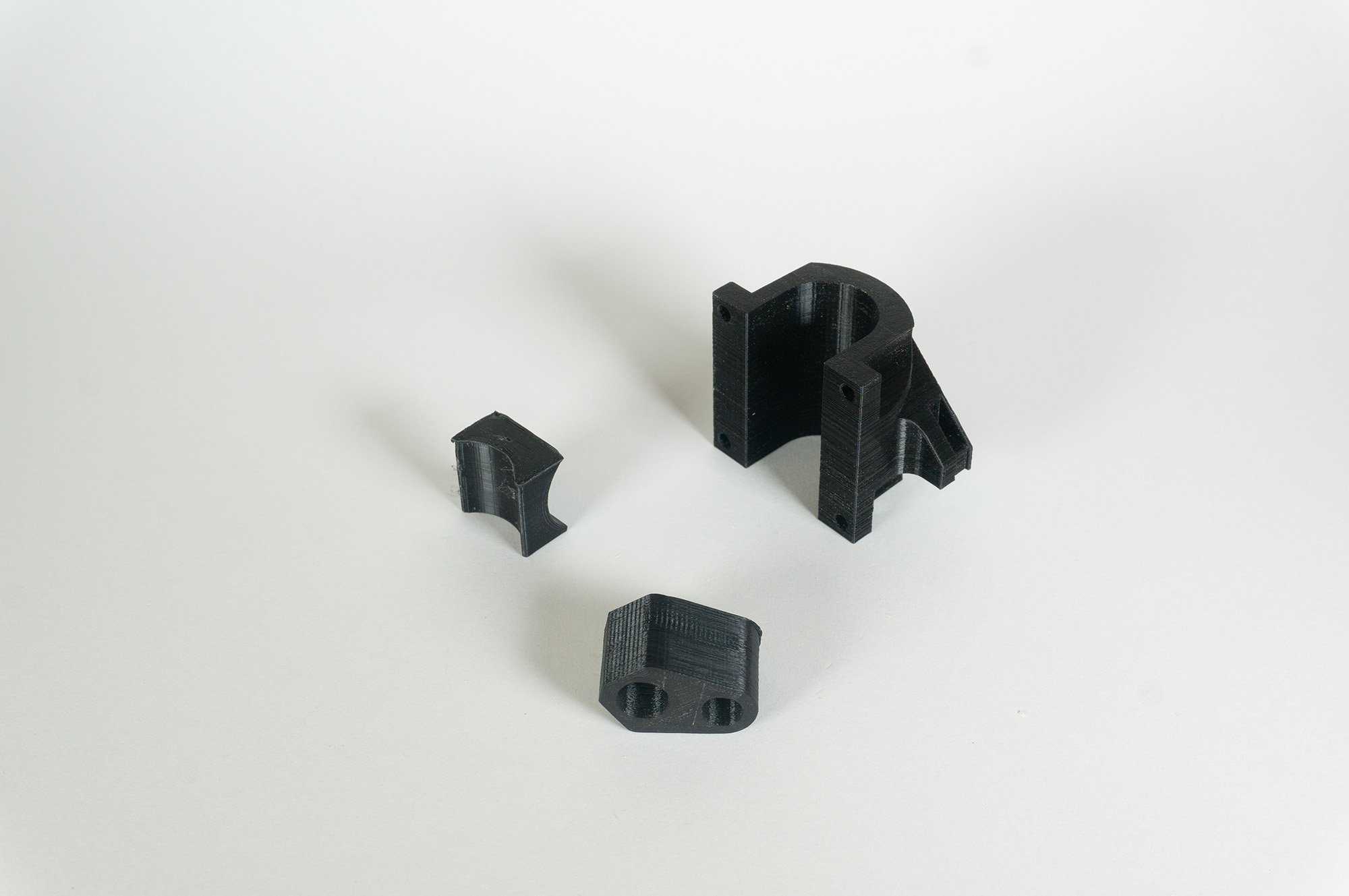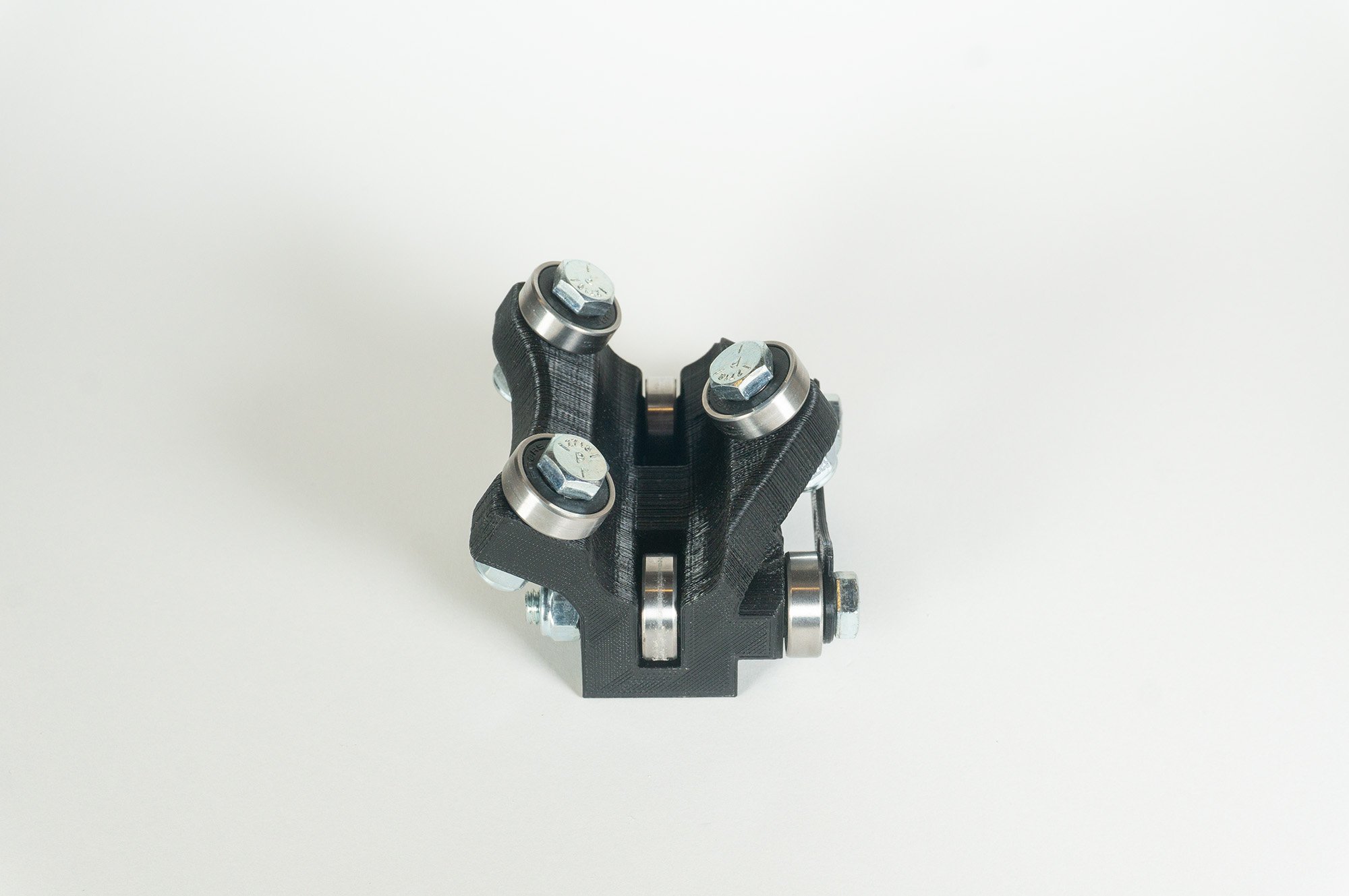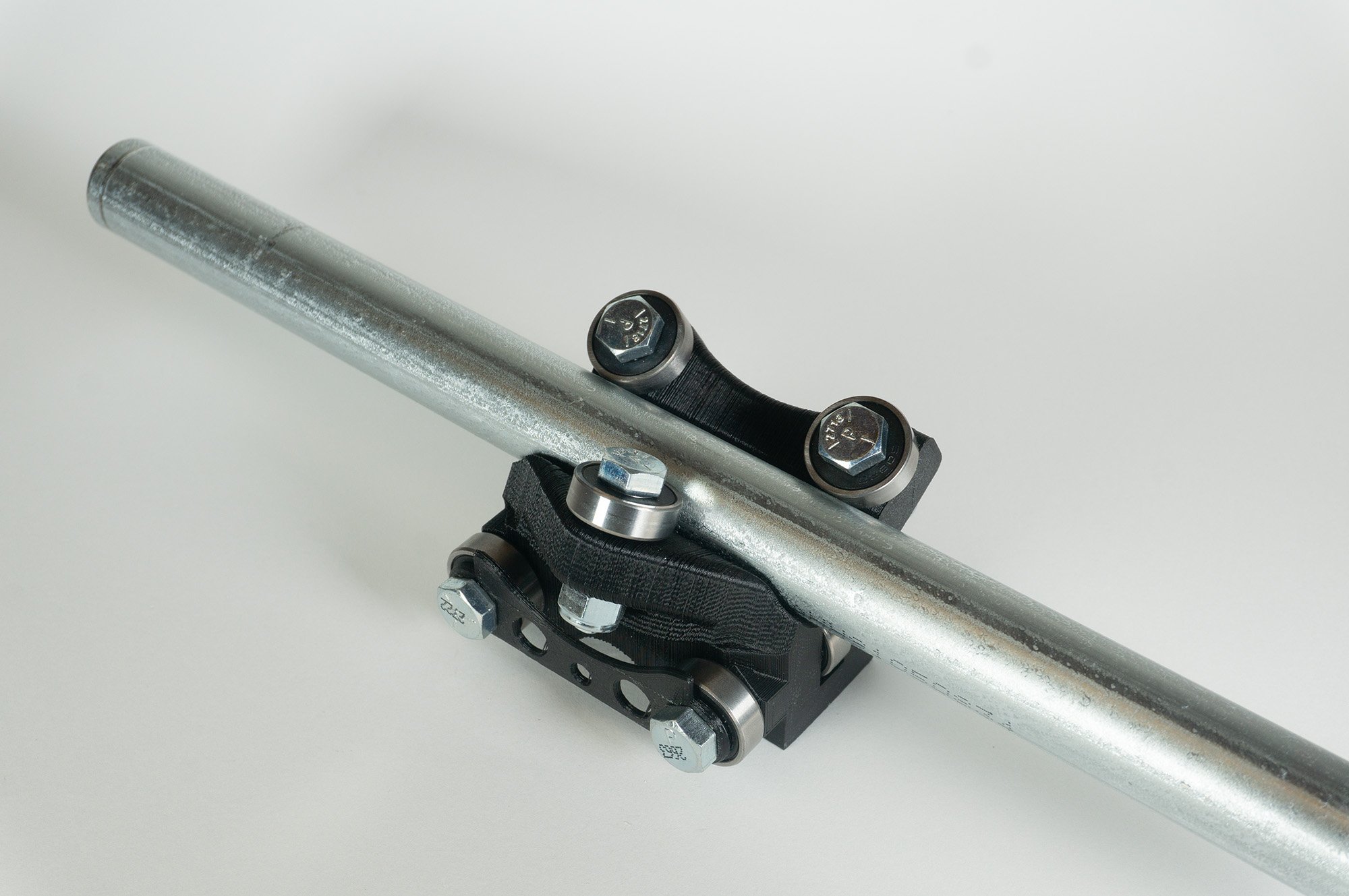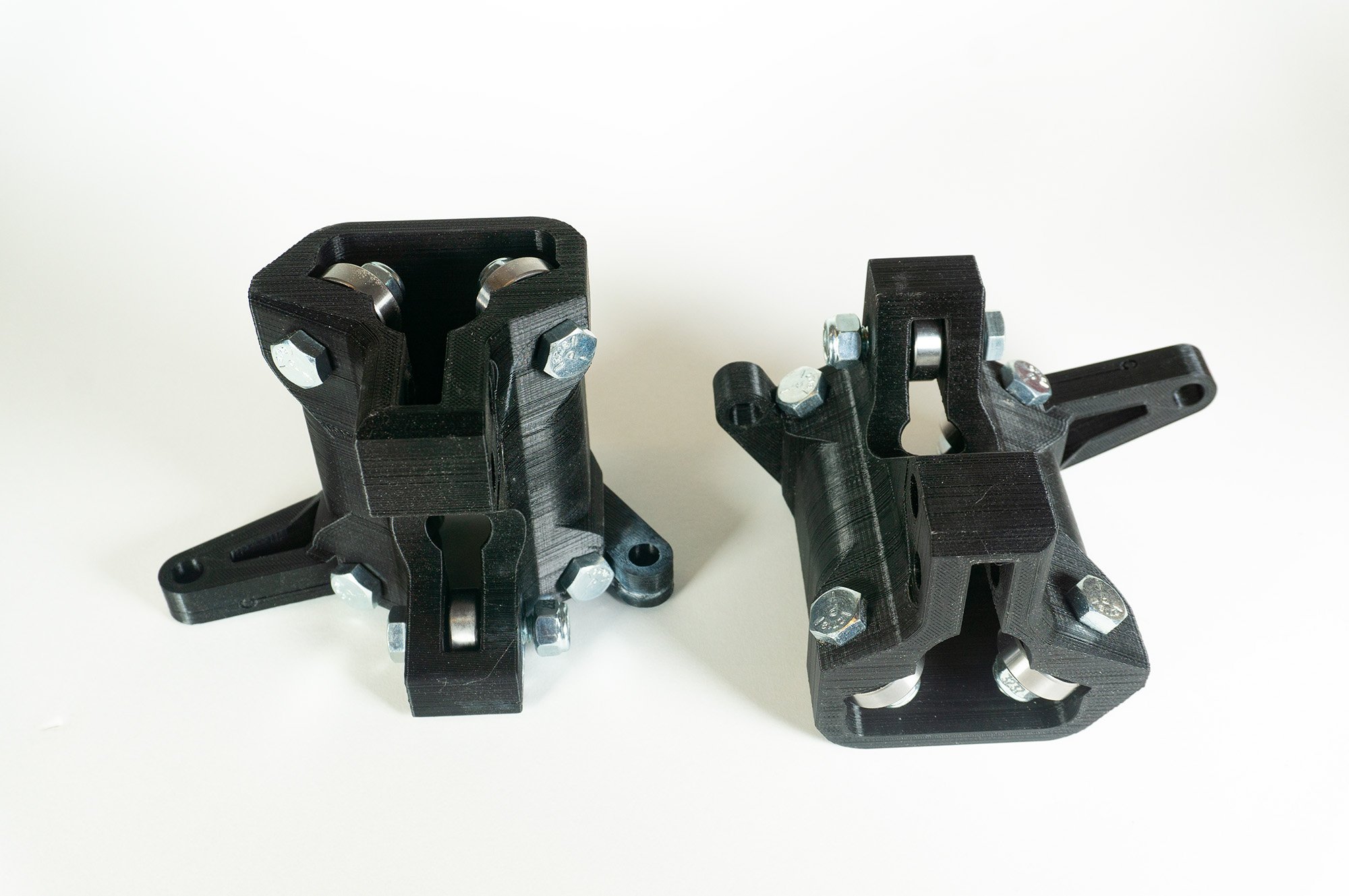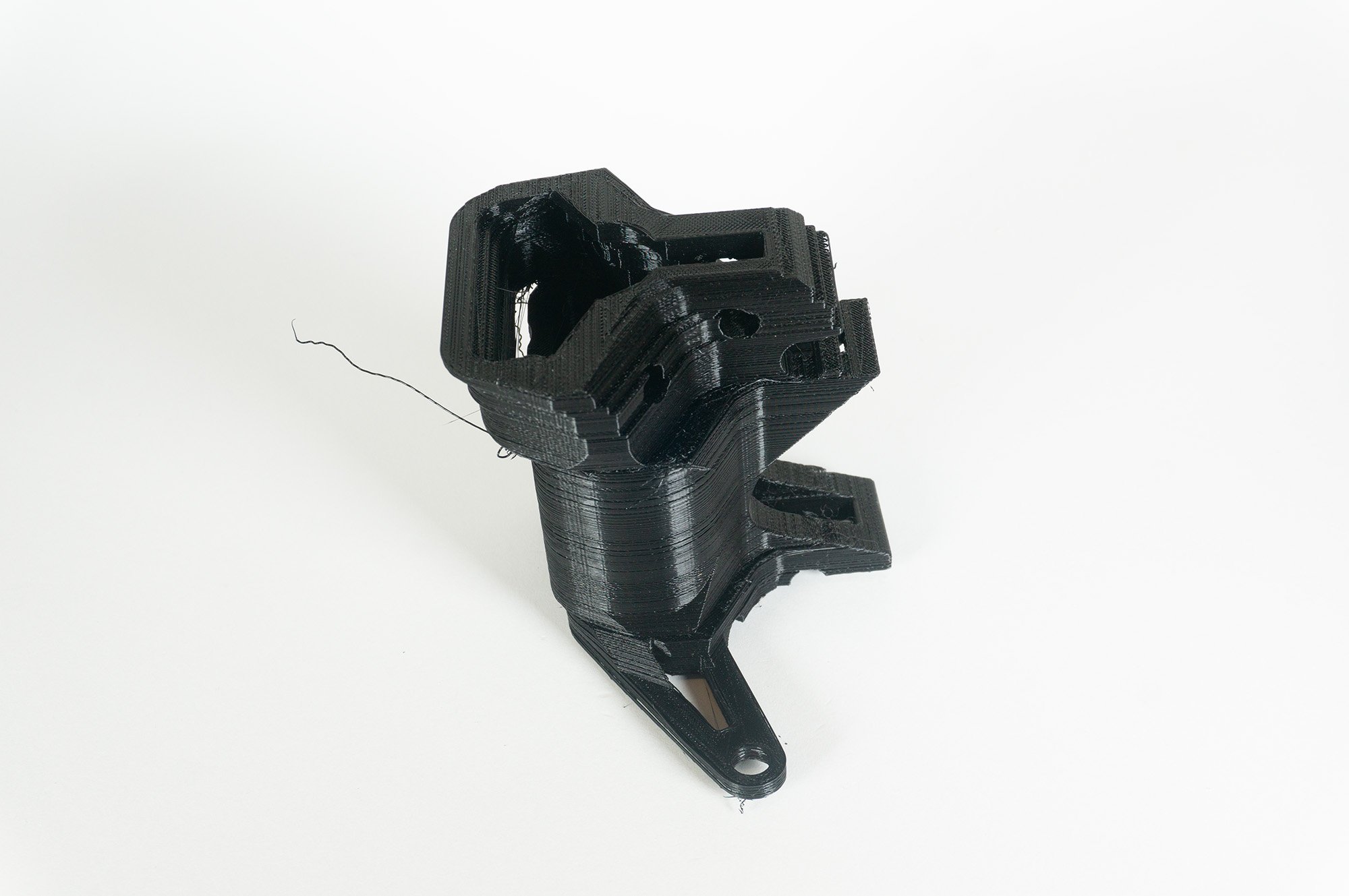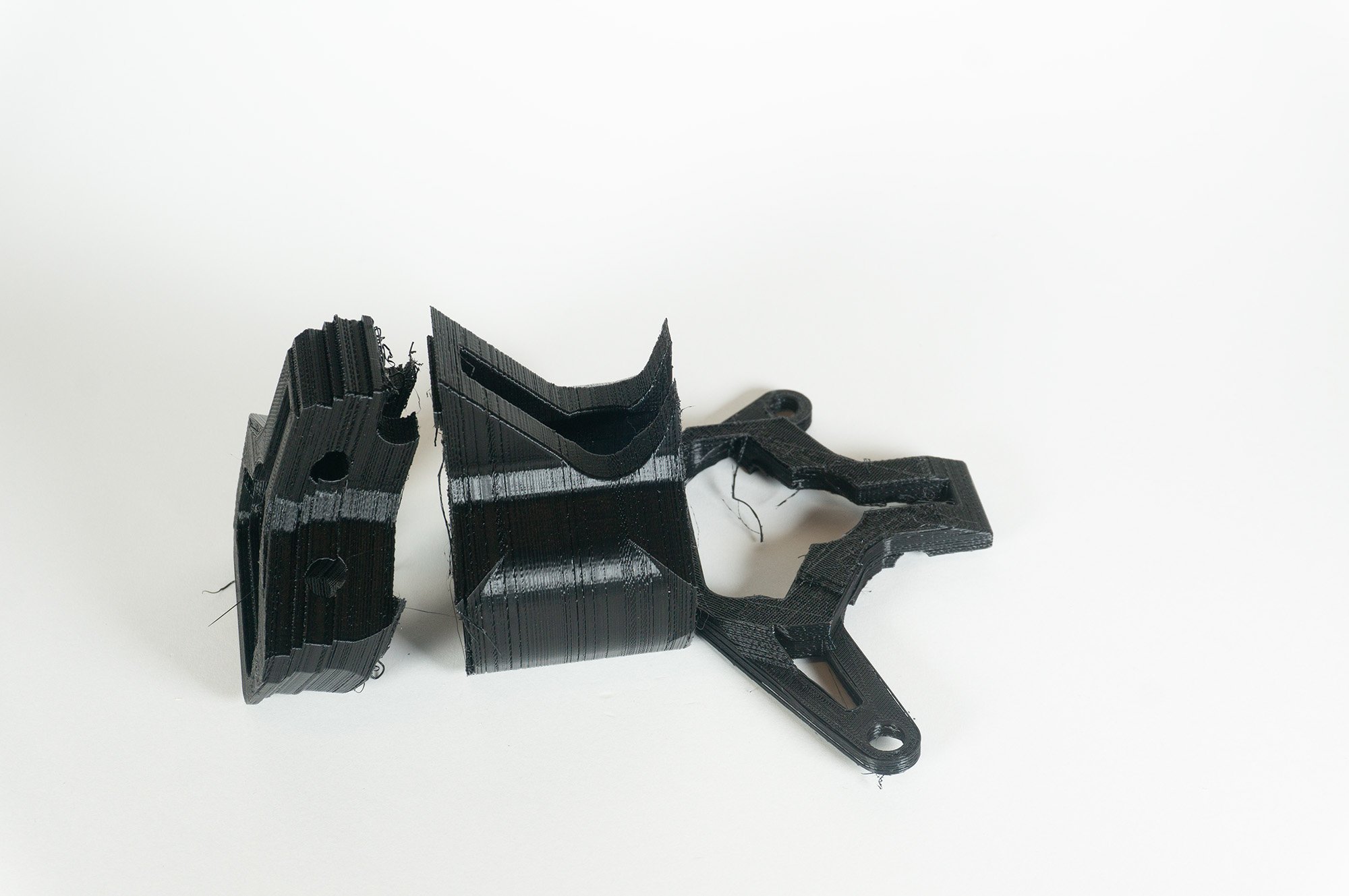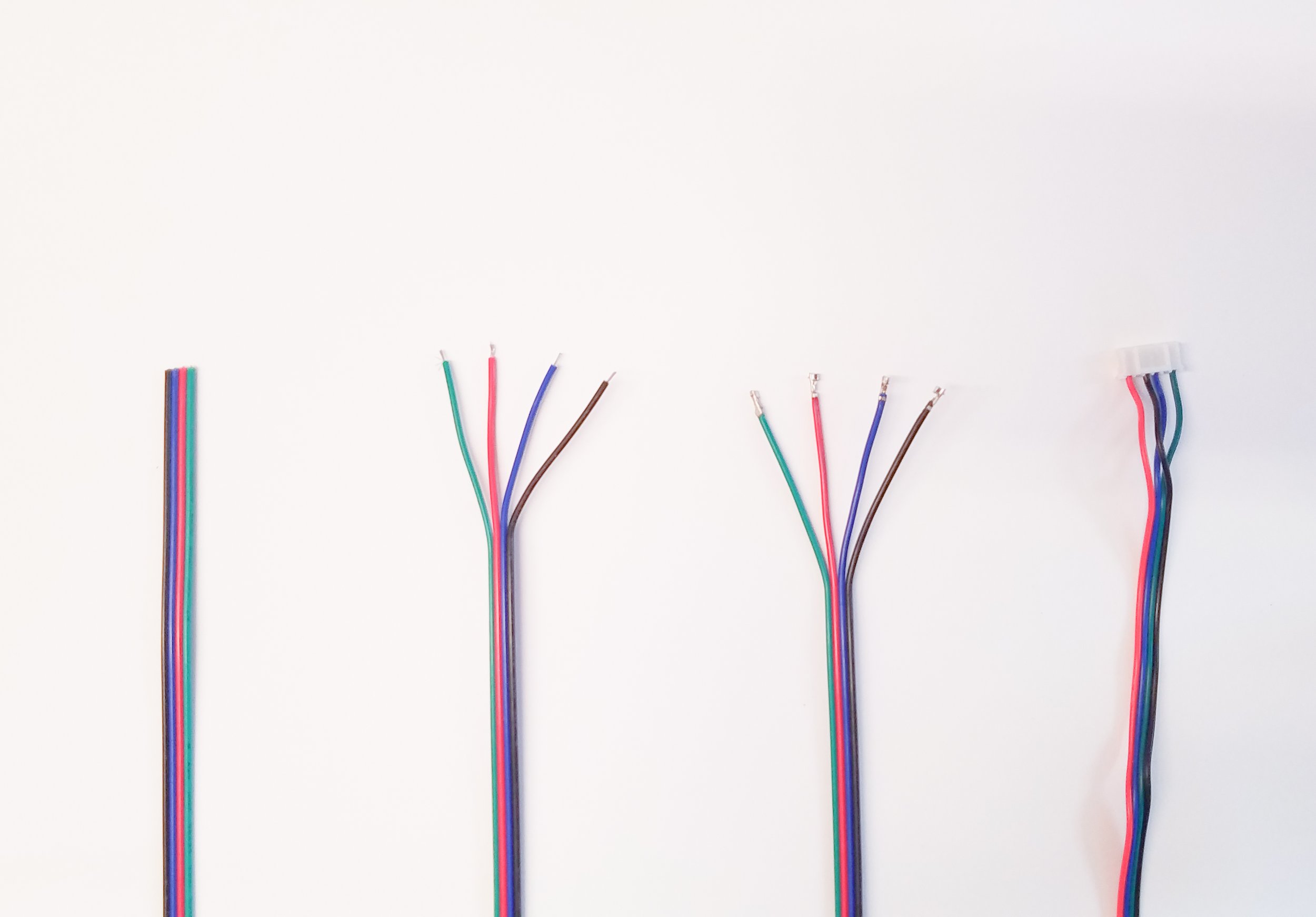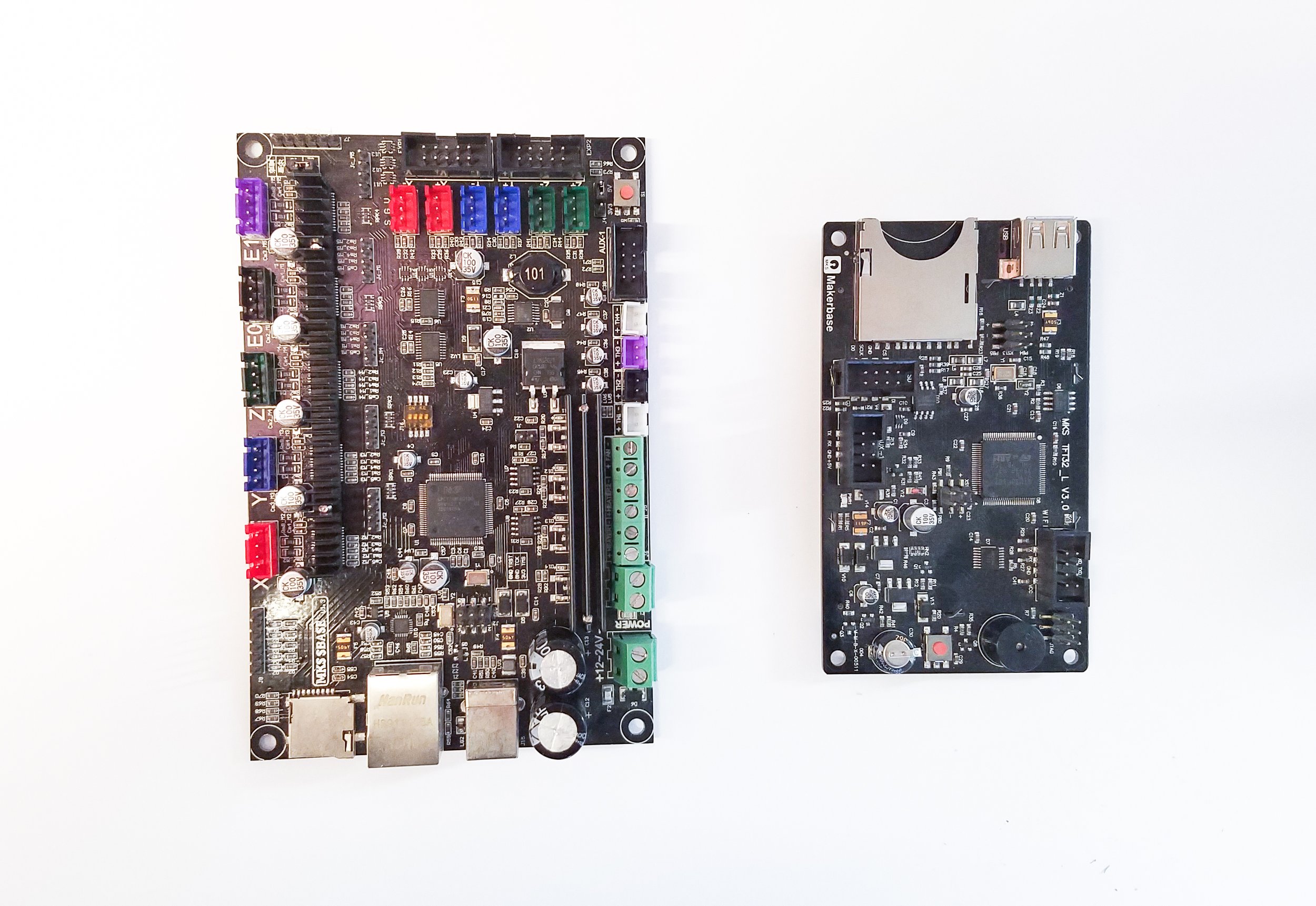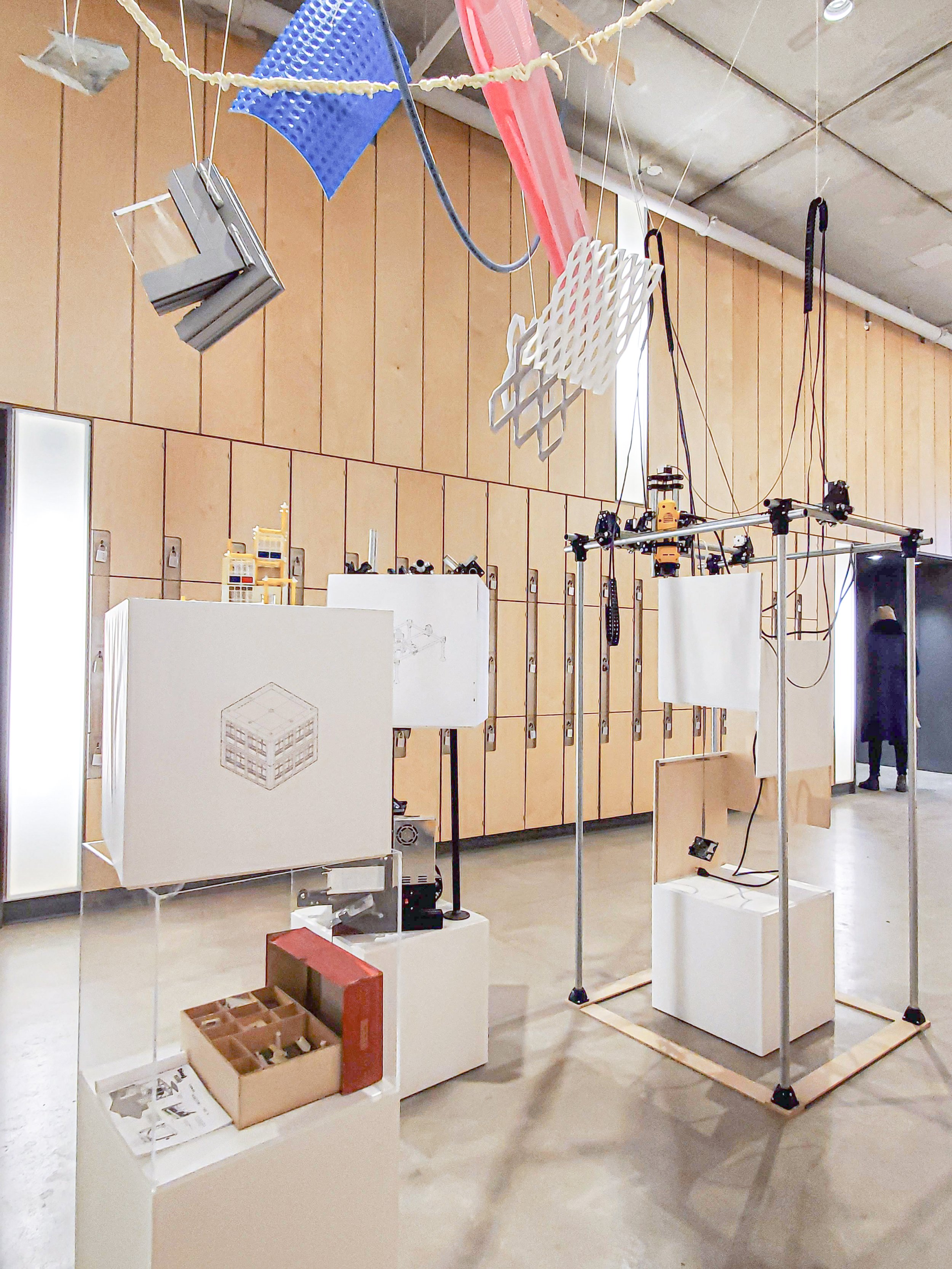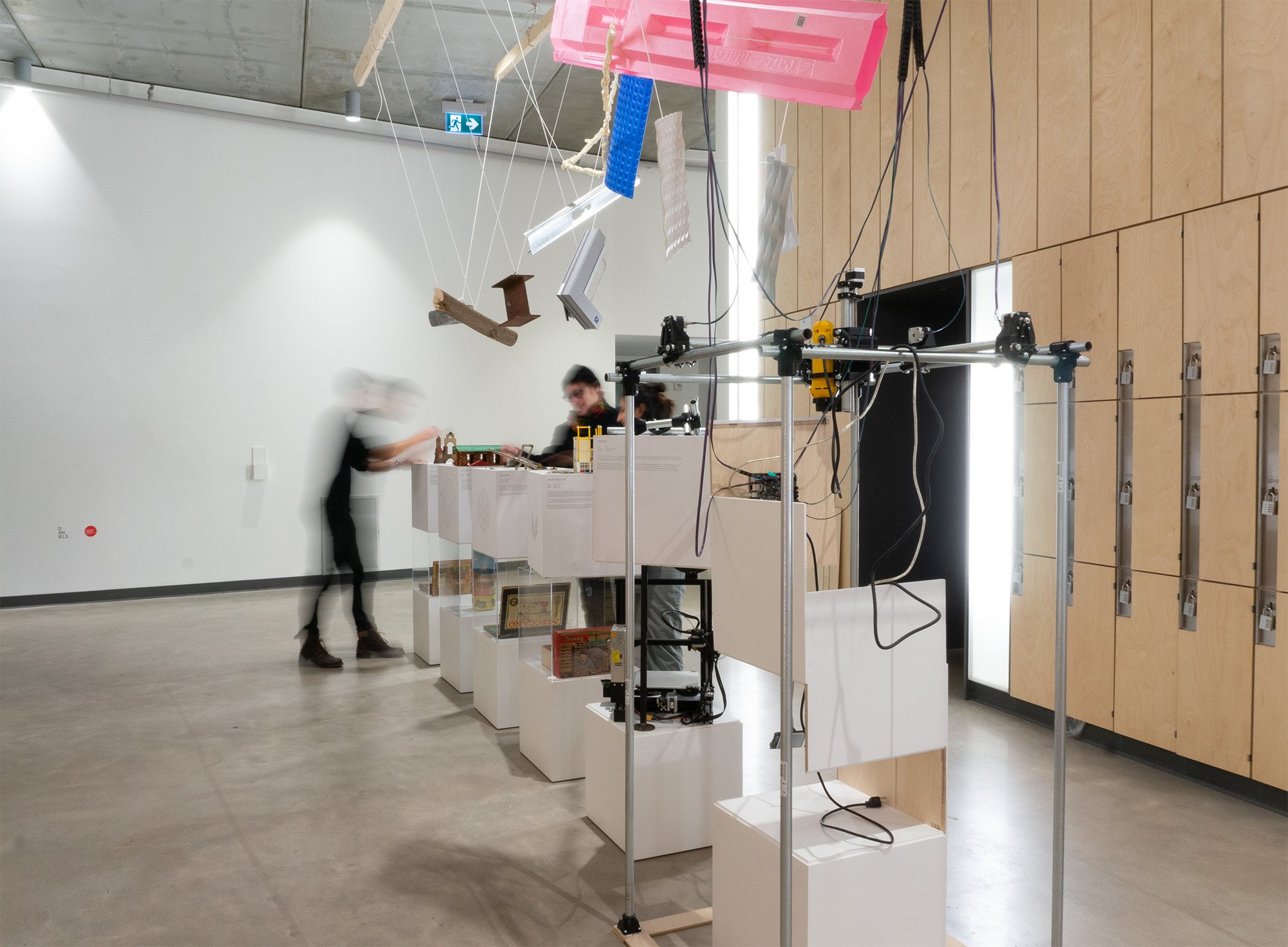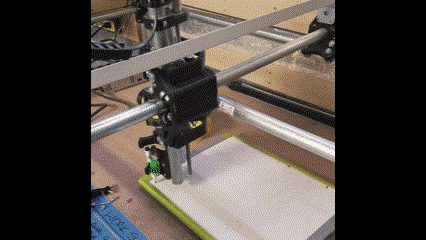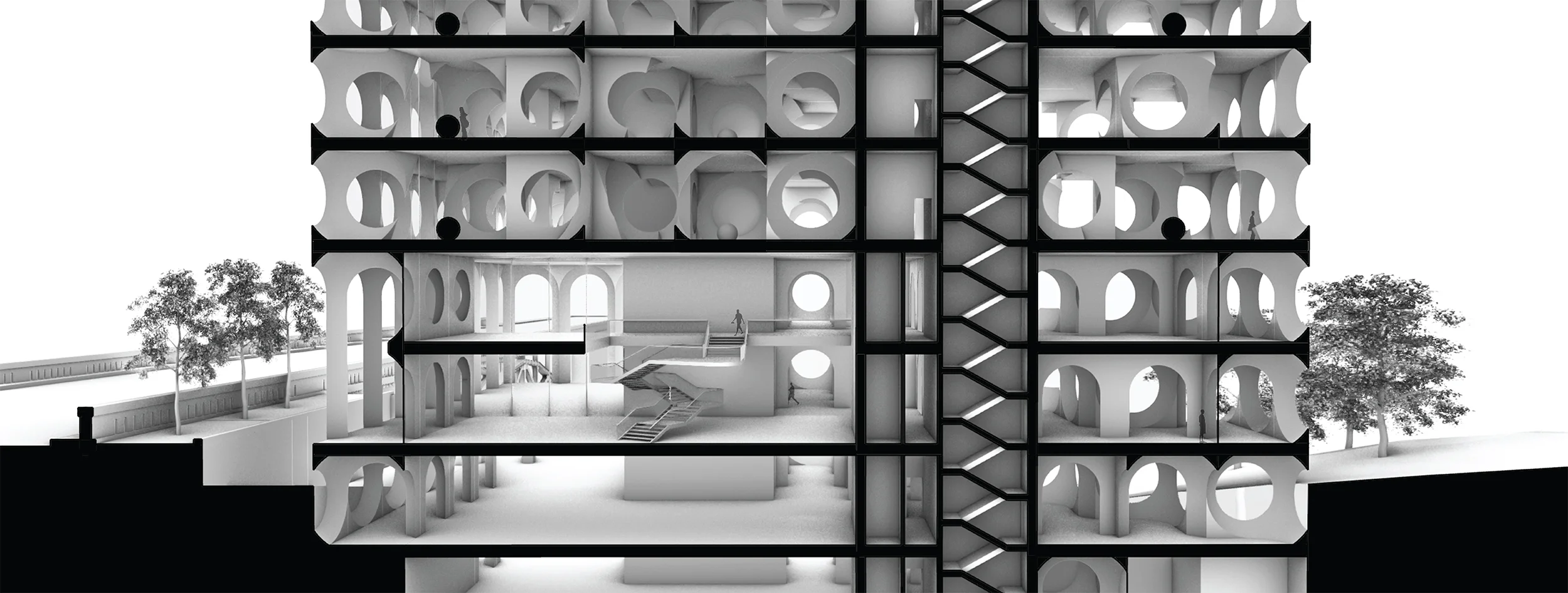Craft in the Digital Age: A Pedagogical Exploration
Process. Craft. Play. Exploration. These themes drew me to architecture at a young age, and continue to drive my love for the discipline. From sketching, to model-making, to technical explorations, I find the methods of our practice to be a symbiotic learning process between mind, hand, and material --the elements with which we build. This, to me, is craft.
Just like our minds and hands, craft is an ever-evolving idea. Today, the processes behind architectural drawing, exploratory model-making, and fabrication both on and off-site employ almost exclusively digital tools. Many argue that these processes have lost their connection to the human hand and mind, and thus removed the craftsmanship from their very nature. Others argue that craft is a relationship which persists through the introduction of new methods and technologies.
Part research, part thesis, the following series of studies explores this relationship between mind, hand, and material. And much like my own pursuit of architecture, it’s the joy of play and exploration that drives them.
Anchor Blocks (1880) stack like stone castles on the Rhine. Meccano (1901) whizzes and whirls like England’s industrial revolution. Lincoln Logs (1917) romanticise the expansive American prairie. Arkitex (1959) miniaturizes the constructability of modernist towers. Lego (1958) celebrates plastic and its global system-building potential.
Traditionally, architectural toys are born from the ethos of an era: ideas, technologies, and materials abstractly represented as physical objects imbued with the simple potential to connect, respond to manipulation, and expand imaginations. But what about in the digital realm? What forces are shaping the architectural toy of our current era, and what is its response?
Digital fabrication has entered the living room. 3D printers and Laser Cutters are now sold at toy stores and can be safely used by anybody. These machines are the modern-day building blocks; pieces of a system of play, but only as sophisticated as the minds, hands, and materials that utilize them to hone their craft. In the same way that assembling an “Arkitex” plastic curtain wall is a process-driven exercise in craft, these modern-day toys bring our current notion of fabrication into the realm of play.
The final study in this project is an exploration in the potential of these new technologies to expand our notion of play. Using a simple over-the-counter 3D printer and materials, I entered an exploratory process of crafting a CNC machine. Building blocks, tools, parts, pieces, mind, hand, motor, and material all blended together in a process that I can only sum up as a months-long exploration of play and craft in the digital realm.
The toys studied in the initial research were analogue objects with potential and imagination baked into their form. Similarly, the pieces of the MPCNC are intriguing objects in their own right, however, the aggregated sum of their parts transcends ordinary play, entering the realm of our digital collective imagination. Playing with the MPCNC was a glimpse into a world of infinite potential. Building it, however, and using it to generate new objects was an exercise in honing that age-old sense of craft: where mind, hand and material continue to practice, make mistakes, learn, and grow with the aid of new digital languages and methods.

